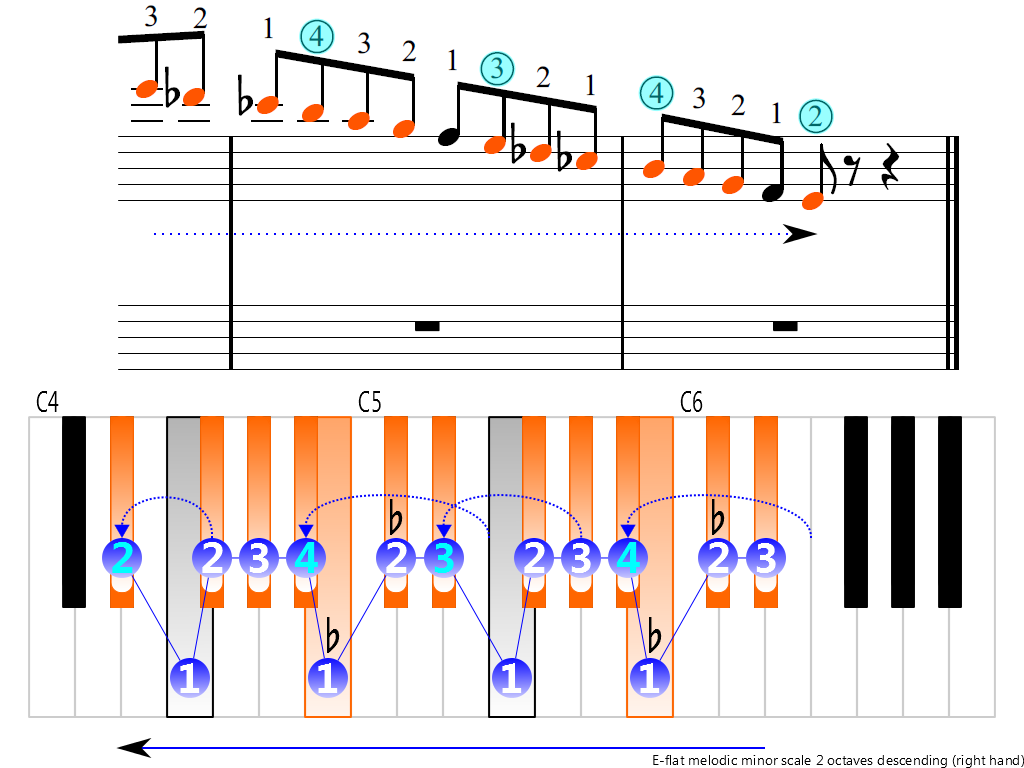
For orchestration of piano music, some theorists recommend transposing the music to F major or G major.

The first polka in Smetana's "3 Polkas de Salon" is in F-sharp major.ĭespite the key rarely being used in orchestral music other than to modulate, it is not entirely uncommon in keyboard music. There's also a transition to an energetic passage in the Dante Sonata that is in F-sharp. Liszt was apparently fond of F-sharp major, having uplifting while meditative pieces like "Les jeux d'eaux à la villa d'este" from Années de Pèlerinage III, S.163 and "Bénediction de Dieu dans la Solitude" from the set Harmonies Poétiques et Religieuses S.173 in this key. Shostakovich wrote his String Quartet No. Some examples include a Nocturne and the Barcarolle by Chopin, the sonatas of Alexander Scriabin and several pieces from Grieg's Lyric Pieces. Like G-flat major, F-sharp major is rarely used in orchestral music, other than in passing. The key was the favorite tonality of Olivier Messiaen, who used it repeatedly throughout his work to express his most exciting or transcendent moods, most notably in the Turangalîla-Symphonie. 2, Mahler's unfinished Tenth Symphony, Korngold's Symphony Op. 78, Verdi's " Va, pensiero" from Nabucco, a part of Franz Liszt's Hungarian Rhapsody No. See also: List of symphonies in F-sharp majorį-sharp major is the key of the minuet in Haydn's "Farewell" Symphony, of Beethoven's Piano Sonata No.


 0 kommentar(er)
0 kommentar(er)
